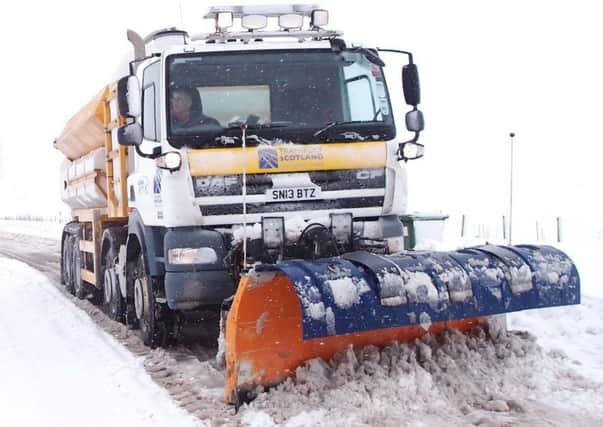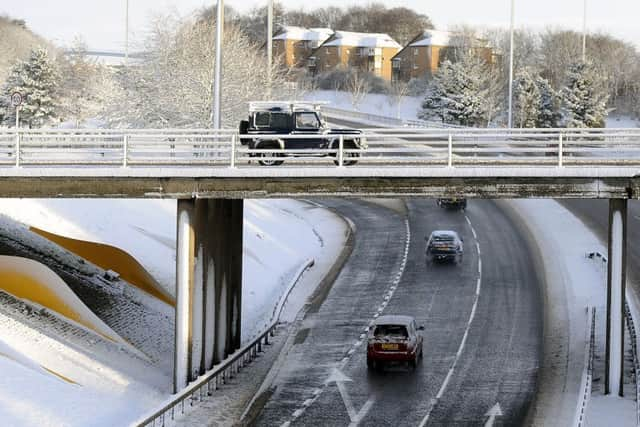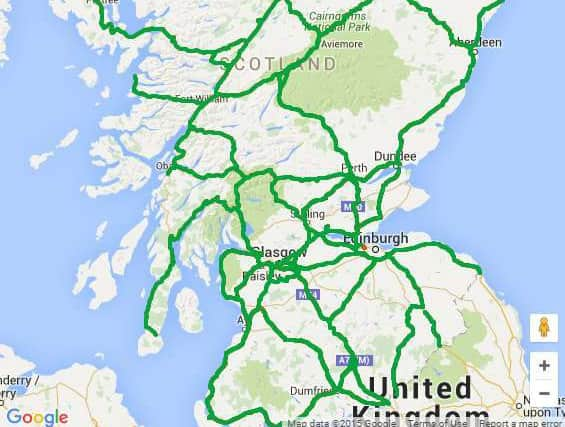How does Scotland’s road network cope with winter?


As the main or trunk road network is the sole responsibility of Transport Scotland. The organisation uses 156 weather stations across the road network to assess weather conditions. Around half of these are fitted with cameras to give control centres a real-time view.
Between 1 October to 15 May, a 24-hour winter maintenance service operates on all of Scotland’s trunk roads.
Advertisement
Hide AdAdvertisement
Hide AdA dedicated emergency services communication channel called Airwave is provided between gritter crews, the police and control rooms across the nation, making it easier for all to organise their efforts and warn of bad conditions.
Despite the hi-tech systems, the presence of gritters and snowploughs on Scotland’s roads is still a necessary one. With 90 precautionary road treatment routes nationwide, gritter and snowplough crews are dispatched by the control centre to treat selected roads when icy conditions or snowfall are forecast. As of November 2015, 617,215 tonnes of salt are being held in reserve to treat the roads.
In order to tackle the winter ahead, Transport Scotland have a total of 205 gritters and ploughs from 42 depots available, with an average of one lorry for every 10 miles of the trunk road network. In addition, up to 500 staff are called upon to provide winter services, with 72 per cent of the winter fleet being less than three years old.
Transport Scotland’s control centres are open all year round to deal with incidents and setbacks on Scotland’s main motorway and dual carriageway routes, with winter seeing some of its busiest periods of operation.
Once the snow begins to fall and the roads ice up, the 52 Winter Patrol Routes across the country are plied by lorries fitted with road surface temperature sensors to assess which areas are most in need of treatment.


As for local public roads, footpaths and cycle paths, their maintenance and clearance is the responsibility of each of the 32 local councils throughout Scotland, which is why they are often not as well-maintained as the nation’s main routes.
A Transport Scotland spokesperson said: “Each winter brings different challenges and we are work in partnership with a broad range of public, private and third sector partners across the season to prepare and respond to these.
“This year our winter fleet has been bolstered with 57 new state-of-the-art gritters.
Advertisement
Hide AdAdvertisement
Hide Ad“Salt stocks are healthy and Traffic Scotland’s National Control Centre at South Queensferry continues to be the hub of co-ordination and joint working.


“We would urge road users to keep up to date on conditions through the Traffic Scotland website and Twitter feed.”
The organisation’s Twitter page is just one of the ways that motorists and passengers can be updated on the condition of roads throughout Scotland. Transport Scotland also operates its own radio service which is streamed over the internet.